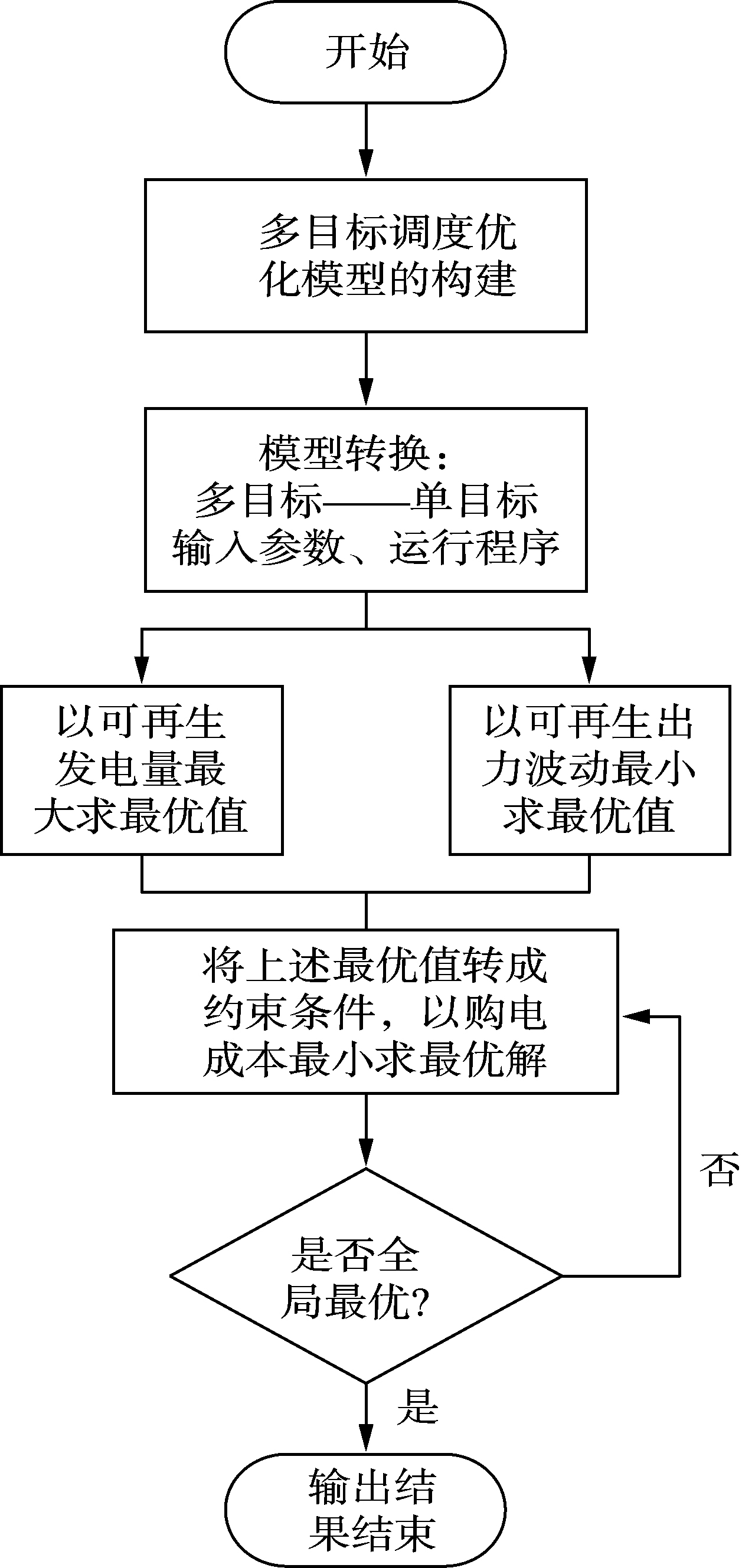 PDF(2913 KB)
PDF(2913 KB)


 PDF(2913 KB)
PDF(2913 KB)
 PDF(2913 KB)
PDF(2913 KB)
考虑经济环境平衡的风光火联合外送调度策略多目标优化
 ({{custom_author.role_cn}}), {{javascript:window.custom_author_cn_index++;}}
({{custom_author.role_cn}}), {{javascript:window.custom_author_cn_index++;}}Multi-objective Optimization of Combined Wind-Solar-Thermal Power Dispatching Strategy Considering Economic-Environmental Equilibrium
 ({{custom_author.role_en}}), {{javascript:window.custom_author_en_index++;}}
({{custom_author.role_en}}), {{javascript:window.custom_author_en_index++;}}
| {{custom_ref.label}} |
{{custom_citation.content}}
{{custom_citation.annotation}}
|
/
| 〈 |
|
〉 |